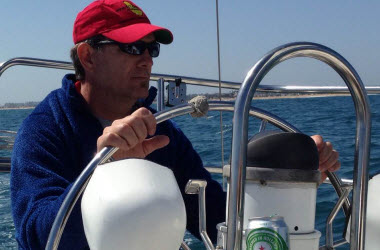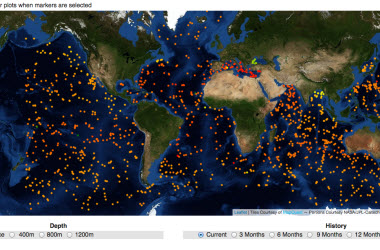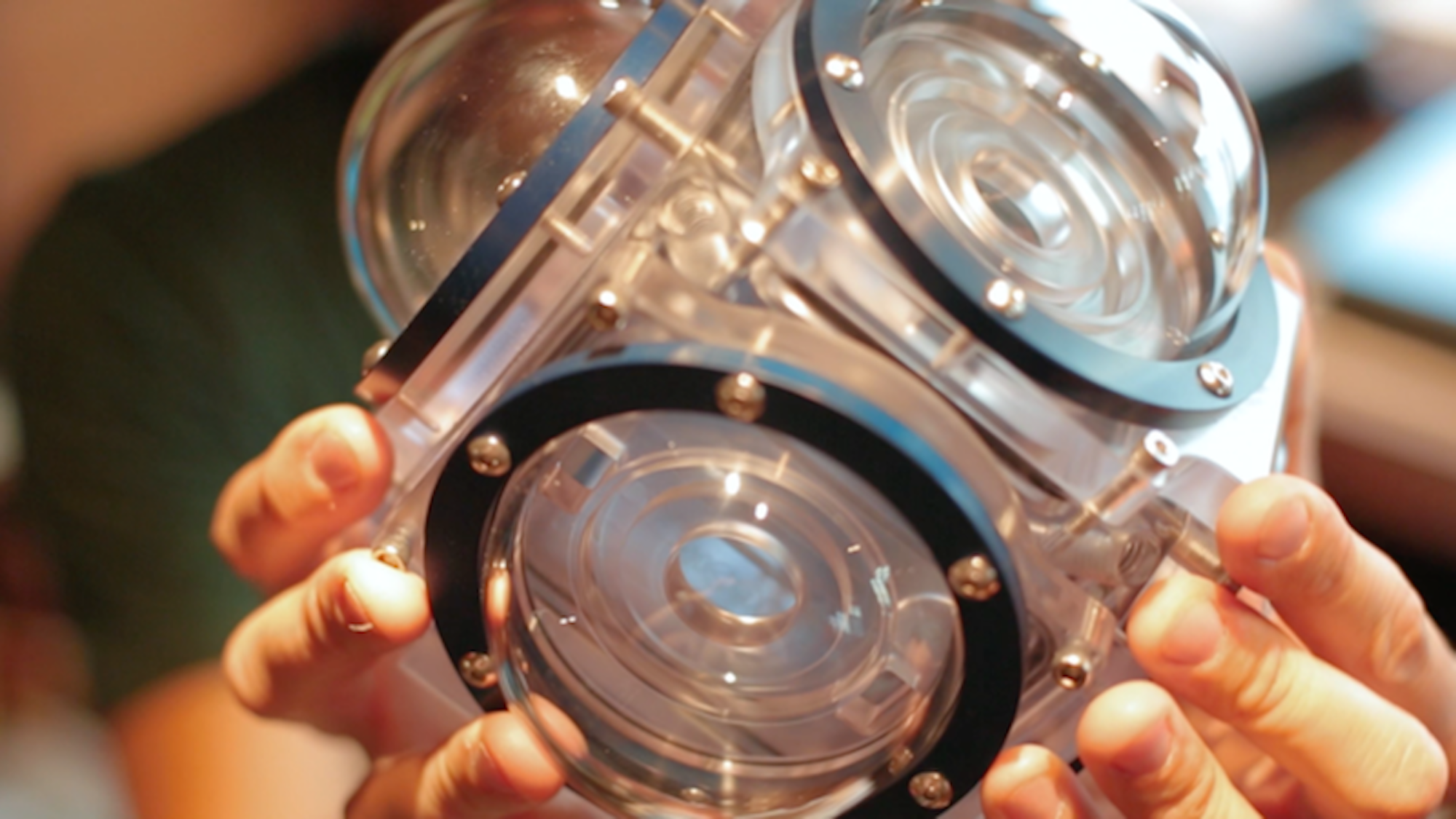December 19, 2017
We’ve all experienced the power of place, those moments when we’re deeply immersed in the world around us and what’s happening is real and meaningful. These learning environments are organic and visceral and in many ways represent the future of education. There’s much to learn from the places we inhabit, from traveling the world to getting out into our own communities, yet formal learning experiences that leverage the power of place remain the exception, not the rule.
We are changing that.
High-impact, deeper learning environments prioritize engagement and authenticity. In today’s global society, it has never been easier to learn anything, anytime, anywhere. For the first time in history, we have the tools to provide access to powerful learning experiences to students around the world. This year, Ocean First Education introduced two such programs designed to boost personalized learning and student agency.
With the advent of 360-video, classroom walls have fallen and students have access to increasingly engaging and immersive educational experiences that put them in the driver’s seat. 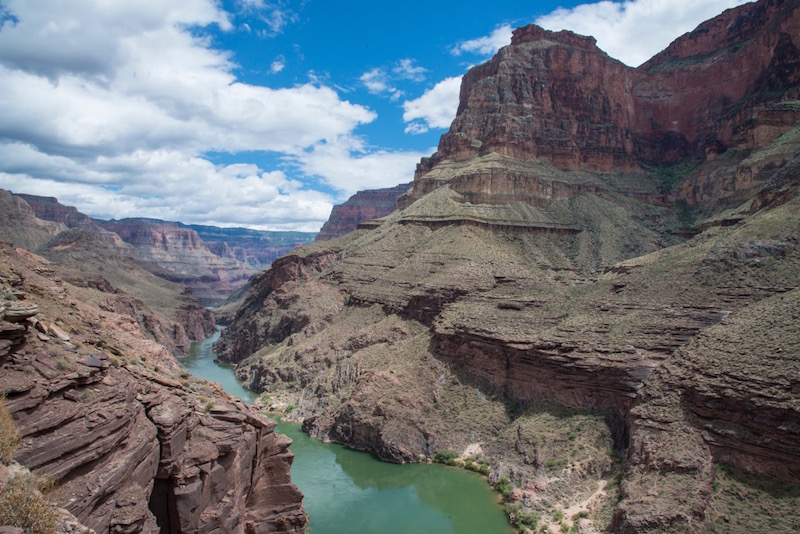 Through the use of 360-video, students shift from passive viewers to active participants, controlling what they see and how they experience the video.
Through the use of 360-video, students shift from passive viewers to active participants, controlling what they see and how they experience the video.
Late in 2015, we began developing virtual field trips from Indonesia to the Solomons, from Costa Rica to the Grand Canyon. These experiences are intended to capture the indigenous people, their livelihood, the topside geography, and underwater ecology, and package it into an incredibly dynamic and interactive learning experience. While mainstream 360-video may still be a ways off, there’s no doubt it’s already changing the classroom landscape.
TIDES, or Teaching Interdisciplinary and Experiential Sciences, is another interactive program that is capturing the hearts and minds of students everywhere. TIDES is a multi-year, immersive marine science program that combines interdisciplinary science curriculum, hands-on learning, and confidence-building scuba training to unlock students’ natural curiosity and passion for the ocean.
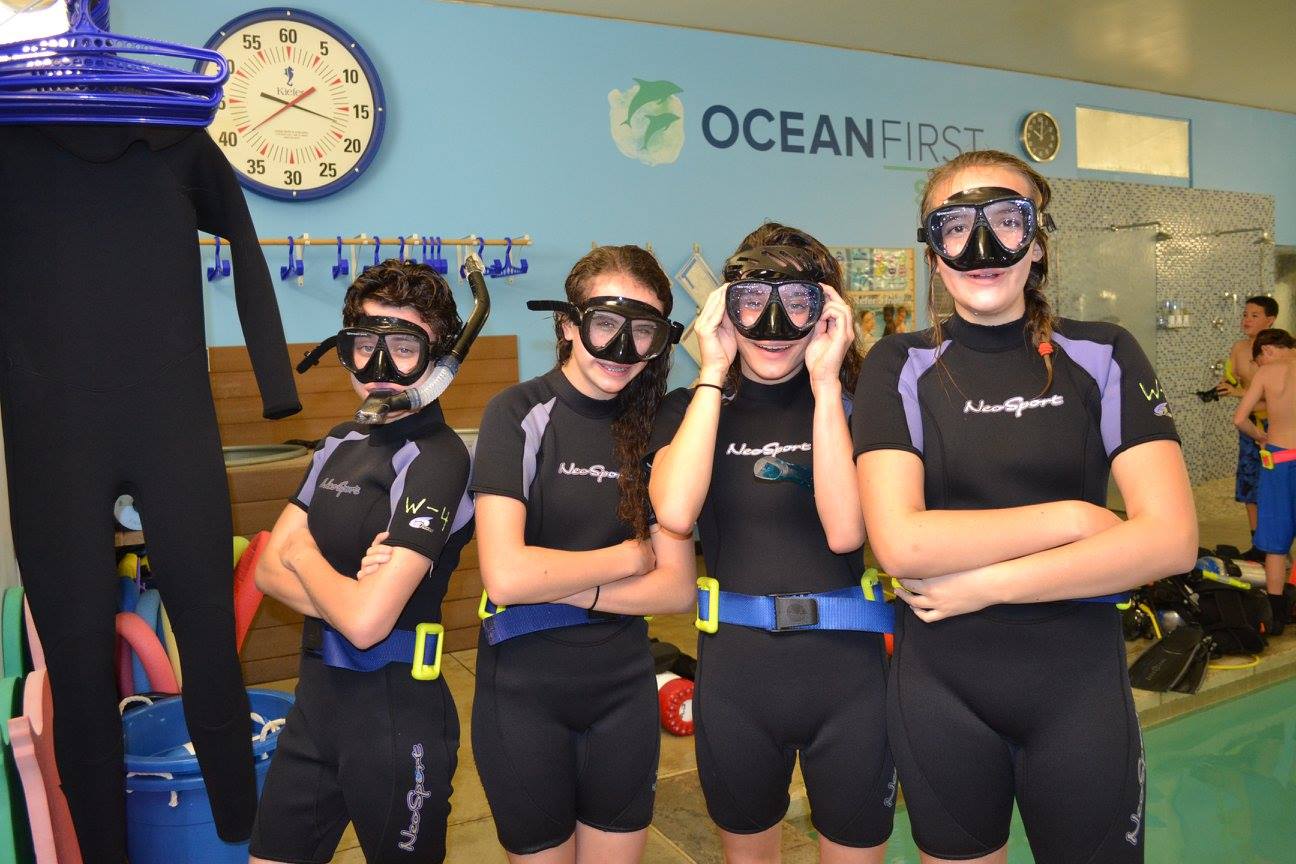
As part of the TIDES program, students receive real-life experiences in marine research and scientific diving, which helps provide a window into the careers of marine scientists, technicians, and field researchers. Students also practice critical thinking and data analysis, which together introduces them to the process of asking questions, defining problems, and carrying out investigations into real-world settings. By the time students graduate from the TIDES program, they will have a developed and refined understanding of the marine environment and be well positioned to pursue a career in a number of related fields.
As in both of these learning environments, as student agency increases, students gain experience in the application of knowledge; as a result, the community gains willing and eager students wanting to improve the long-term health and well-being of their communities. The time is right to take project-based and personalized learning one step further by focusing on locally, regionally, and globally relevant issues. Ocean First Education is providing new and exciting interactive experiences to help elevate and inspire today’s students.

